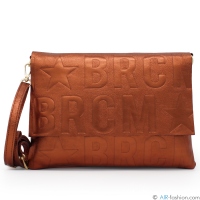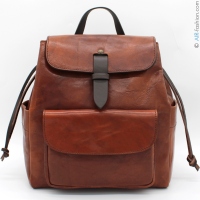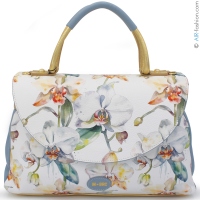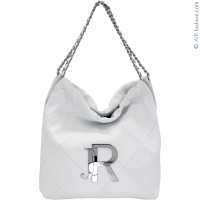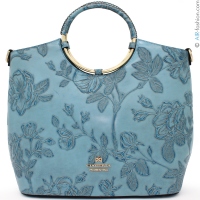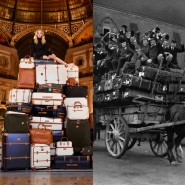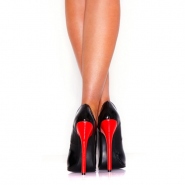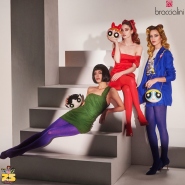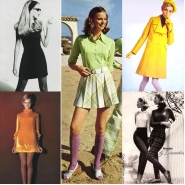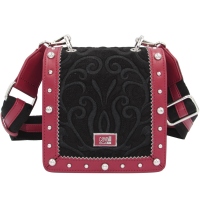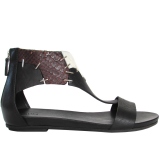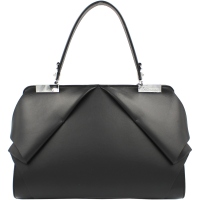There probably on fashion monger without a favorite bag model and a favorite fragrance.

Coco Chanel, who created the eternal classics – a quilted flapped handbag and a famous women’s fragrance, – used to say that “perfume is an invisible, but unrivaled accessory.” Just like a bag, perfume is always the final chord of the image. And it’s up to you to decide what it will be like – romantic, ultramodern, classic, provocative and daring, or casual sport. In this article, we’ll discuss an invisible and airy accessory that no woman can do without – perfume.


History of perfume
The humankind began using perfume since the year one. At first, it was simple aromatic oils, with perfume gradually coming into use later. Specialists believe that the first perfume was created back in the 7th century BC, as evidenced by written sources. Perfume became widespread in ancient Egypt, Persia, and Mesopotamia. It is believed that it was invented by a woman called Taputti, who worked with various oils, as well as distilled them. A famous Persian scientist and doctor Avicenna also experimented with perfume. He especially enjoyed working with roses thanks to their delicate and pleasant aroma. Resulting from his work, these floral extracts became extremely widespread.



The most ancient perfume was discovered at excavations in Cyprus. The aromatic mixture analysis evidenced that their age exceeded 4 thousand years. This discovery made it possible possible to find out what perfume was made of in ancient times: the main components were flowers, herbs, spices (bergamot, almond, coriander), and conifer gums.

Spirits in the Middle Ages
The first perfume appeared in Europe around the 14th century. It originated from Italy, and in the days of Catherine Medici they brought to France by her personal perfumer’s efforts. At the same time, all the compositions were kept absolutely secret. Perfume became extremely popular, since it perfectly disguised the smell of unwashed body. Thus, France proved itself as the perfume manufacturing leader, and successfully keeps this status up to date.




The key components of perfume
Any perfume composition is based on essential oils. They are extracted from various parts of plants (leaves, roots, and fruits). Animal materials are used to fix the fragrance. They include amber, musk, and civet. They are quite expensive to extract and produce, but the perfume quality depends on them. Recently, perfume houses have begun to use synthetic substances. This technique makes it possible to invent original fragrances that contain absolutely new components not existing in nature.

Fragrance structure
Any fragrance contains 3 notes:
• the “initial note” reveals itself immediately after applying the perfume. This fragrant lasts about 10 minutes;
• the “middle note” manifests itself in about 30 minutes. It’s the heart of a particular perfume composition that lasts for a few hours;
• the “final note” (or the “fragrance trail”) can be smelled in 12 hours after applying the fragrance. It remains until the perfume completely wears off.

Perfume storage rules
To prevent the perfume from deteriorating too early, you should store it in a dark place and avoid contacts with sunlight. The bottle should be closed with a tight lid. Since perfume containing certain components may require special storage conditions, you should read the instructions on the bottle carefully. In the bottle of deteriorated perfume, you’ll see a precipitate on the bottom. The fragrant liquid can also change its color. You should keep in mind that the shelf life of most perfume doesn’t exceed 2 years.

Perfume categories
All perfumery products can be divided into the following categories:
• perfume. It contains about 30% of valuable essential oils. Perfumes are extremely lasting and are more expensive than other perfumery products;
• eau de parfum. Contains around 20% of essential oils;
• eau de toilette. It contains up to 10% of essential oils;
• eau de cologne. It contains the same amount of essential oils as eau de toilette, but differs in a lower percentage of the fragrance composition;
• perfumed deodorant. It contains about 5% of essential oils.

Nowadays, a light and barely noticeable fragrance trail is in trend. Women no longer pour perfume on themselves, as it used to be in the Renaissance era and in the 1930-60s. Fashion brands offer more of eau de parfum or eau de toilette with subtle and delicate fragrances.
And if you’ve already decided on suitable fragrance, complement your favorite perfume with a new favorite bag!






 Online Shop
Online Shop
 Terms and Conditions
Terms and Conditions
 Payments
Payments
 Feedback
Feedback
 Customer Support and Contacts
Customer Support and Contacts
 Discounts
Discounts
 Worldwide customs duties
Worldwide customs duties


 English
English
 Русский
Русский
 Deutsch
Deutsch
 Español
Español
 Français
Français

 +39
+39 info@air-fashion.com
info@air-fashion.com  Enter
Enter
